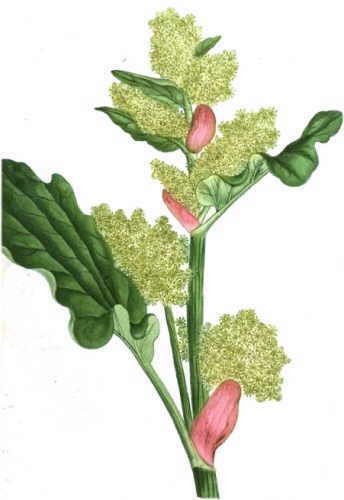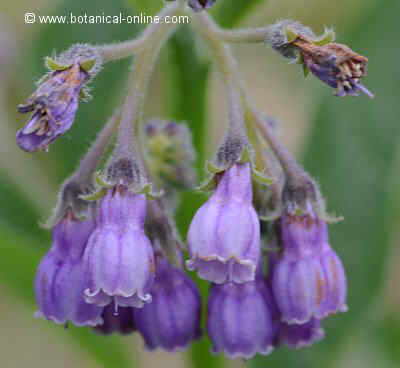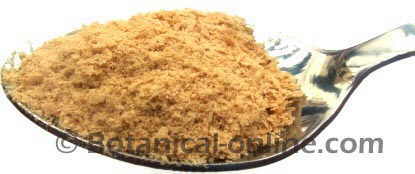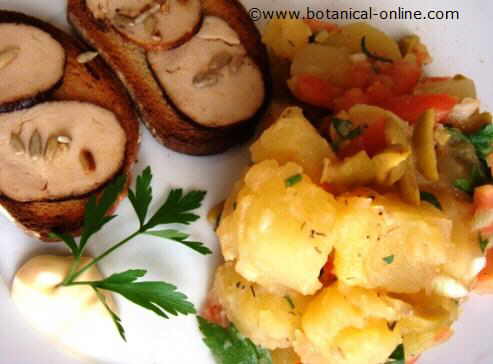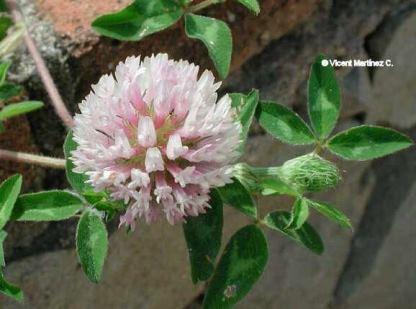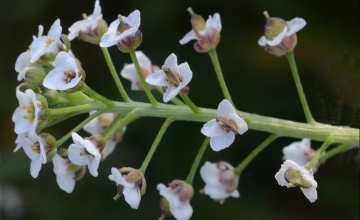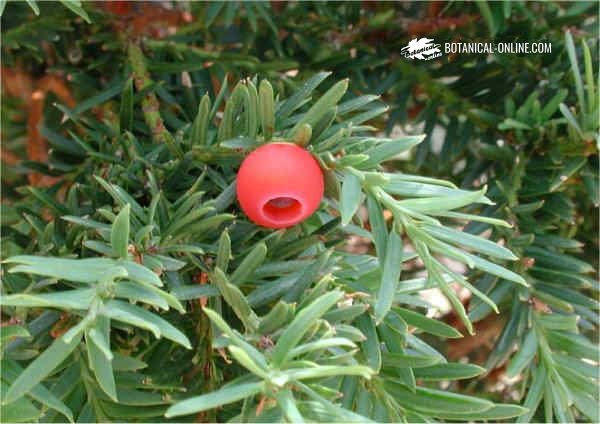Contents
What is a raphontic plant?
Characteristics of raphontic (Rheum rhaponticum)
Common English name: False rhubarb, rhapontic rhubarb, rhapontic, Pie-plant, curled dock
Botanical classification | |
Kingdom | Plantae – Plants |
Subkingdom | Tracheobionta |
Superdivision | Spermatophyta |
Division | Magnoliophyta or Angiosperm |
Class | Magnoliopsida |
Order | Caryophyllales |
Family | Polygonaceae |
Gender | Rheum |
Species | R. rhaponticum |
Scientific name: Rheum rhaponticum L.
Family: Polygonaceae
Botanical description of raphontic
Perennial plant originating from ancient Thrace and the shores of the Black Sea. Species primitively known as Rha, and that later was called Rha ponticum, in allusion to the Point-Euxino.
The name ponticum emerged to distinguish it from another species from Scythia called Rha barbarum, a species brought by the barbarians, and now known as garden rhubarb.
Raphontic is a shrub plant of the polygonaceae family that can reach heights of up to 1.2 meters.
It grows in rhizomes, and its roots are tuberous. This plant is used to purge, although with less strong effects than the medicinal species Rheum officinale Baillon and Rheum palmatum L.
The leaves are large and palmated, with wavy edges. The petiole is red, pink or green. The nodal ochreas possessed by rhubarb are characteristic of the Polygonaceae.
Formerly, the objects of copper were cleaned with its leaves. The plant and above all its root can dye the leather of yellow.
The inflorescence is the highest part of the plant. The floral stem can measure up to 2 meters in height, and consists of tiny flowers that grow in the form of panicles. These flowers are creamy and monoecious. Flowering occurs in June in the Northern Hemisphere.
In July rhapontic fruit grows, constituted by a dry achene with trigonal, winged form.
Illustration of the plant
Is raphontic edible?
The petiole of each leaf is the only part that is used as food of this plant.
The petioles are acid and juicy. they are harvested in spring.
The blade of a leaf is TOXIC due to its high content in oxalates and anthraquinones, reason why it should not be consumed.
Toxicity of raphontic. Symptoms of poisoning
Poisoning is due to the accumulation of oxalates in the intestine, that can not be digested. The most common symptoms of this poisoning are:
– Bellyache
– Swelling
– Nausea
– Vomiting with blood
– Headache
– Drowsiness
In severe cases, death can occur.
Medicinal properties of raphontic
All kinds of rhubarb have similar therapeutic properties, although rhizome extracts of the Chinese rhubarb (Rheum officinale and Rheum palmatum) are considered more therapeutic than rhubarb species destined mainly to be used as food (Rheum rhabarbarum, Rheum rhaponticum).
![]() More information on rhubarb.
More information on rhubarb.

